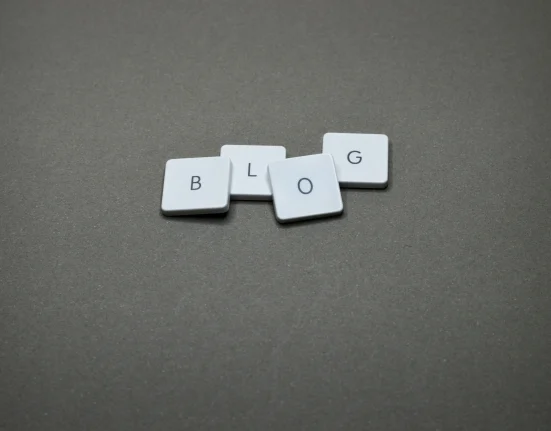Building a chatbot for your marketing campaigns can significantly enhance customer engagement, streamline communication, and drive conversions. Here’s a step-by-step guide to help you create an effective chatbot:
1. Define Your Goals and Use Cases
Before building a chatbot, identify the purpose it will serve in your marketing campaigns. Common use cases include:
- Lead generation: Collecting user information.
- Customer support: Answering FAQs or resolving issues.
- Product recommendations: Suggesting products based on user preferences.
- Event promotion: Sharing details about upcoming events or webinars.
- Surveys and feedback: Gathering customer insights.
2. Choose the Right Platform
Decide where your chatbot will live. Popular platforms include:
- Website: Use tools like Tidio or Chatfuel.
- Messaging Apps: Integrate with Facebook Messenger, WhatsApp, or Telegram.
- Social Media: Use chatbots on Instagram or Twitter.
- Email: Automate email responses with chatbots.
3. Select a Chatbot Builder
Use a no-code or low-code platform to create your chatbot without needing advanced programming skills. Popular options include:
- Dialogflow (Google): For AI-powered chatbots.
- ManyChat: Great for Facebook Messenger and Instagram.
- Zendesk: Ideal for customer support.
- HubSpot: For marketing automation and CRM integration.
- Tars: For lead generation and conversational landing pages.
4. Design the Conversation Flow
Create a user-friendly and engaging conversation flow. Key tips:
- Welcome Message: Start with a friendly greeting and explain what the chatbot can do.
- Menu Options: Provide clear choices (e.g., “Learn about products,” “Get support”).
- Personalization: Use the user’s name and tailor responses based on their input.
- Fallback Responses: Plan for unexpected queries (e.g., “I didn’t understand that. Can you rephrase?”).
5. Integrate with Your Marketing Tools
Connect your chatbot to your existing marketing stack for seamless functionality:
- CRM: Sync data with tools like Salesforce or HubSpot.
- Email Marketing: Automate follow-ups with platforms like Mailchimp.
- Analytics: Track performance using Google Analytics or chatbot-specific metrics.
- E-commerce: Link to platforms like Shopify for product recommendations.
6. Add AI and Natural Language Processing (NLP)
For more advanced chatbots, use AI and NLP to:
- Understand user intent.
- Handle complex queries.
- Provide human-like responses.
Platforms like Dialogflow, IBM Watson, or Microsoft Bot Framework can help.
7. Test Your Chatbot
Before launching, thoroughly test your chatbot to ensure it works as intended:
- Check for errors in the conversation flow.
- Test different user inputs.
- Ensure it integrates well with your website or platform.
8. Launch and Promote Your Chatbot
Once ready, deploy your chatbot and promote it through:
- Website banners: Encourage visitors to interact with the chatbot.
- Social media: Share links to your chatbot on Facebook, Instagram, etc.
- Email campaigns: Include chatbot links in your newsletters.
- Ads: Run paid campaigns directing users to your chatbot.
9. Monitor and Optimize
Track your chatbot’s performance and make improvements:
- Metrics to Monitor: Engagement rate, conversion rate, response accuracy, and user satisfaction.
- A/B Testing: Experiment with different messages and flows.
- User Feedback: Ask users for feedback to identify areas for improvement.
10. Scale and Expand
As your chatbot proves successful, consider scaling its capabilities:
- Add multilingual support.
- Integrate with more platforms.
- Introduce advanced features like voice recognition or payment processing.
Tools and Resources
- Chatbot Builders: ManyChat, Chatfuel, Dialogflow, Tars.
- Analytics: Google Analytics, Bot Analytics.
- CRM Integration: HubSpot, Salesforce, Zoho CRM.
By following these steps, you can create a chatbot that not only enhances your marketing campaigns but also provides a seamless and engaging experience for your audience.





Leave feedback about this